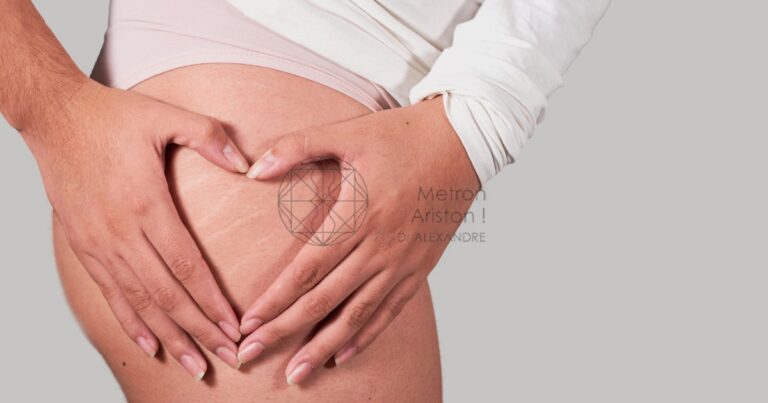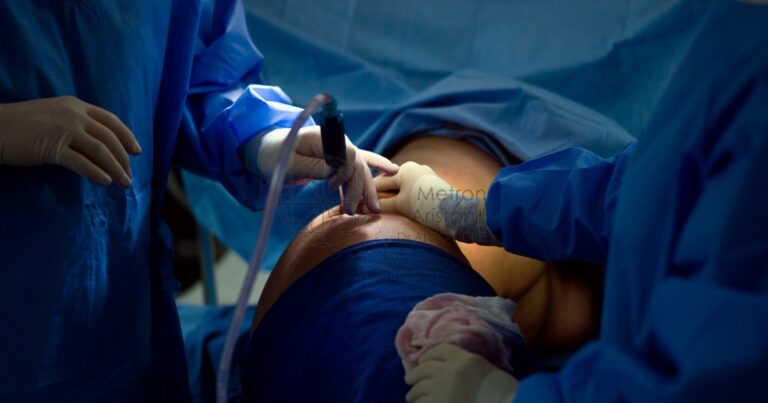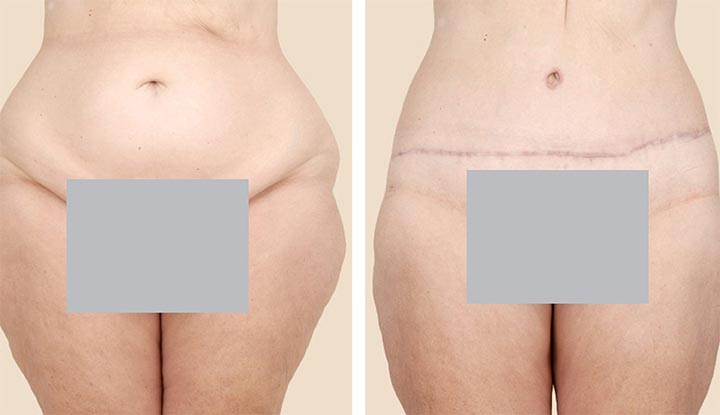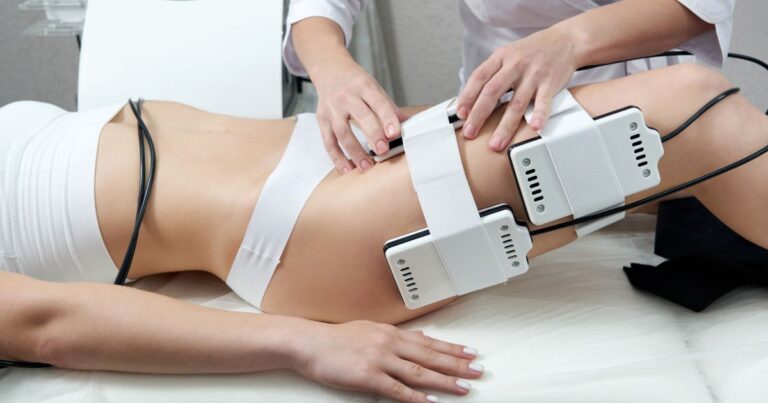Can Liposuction Treat Lymphedema? A Comprehensive Guide
Lymphedema is a chronic condition characterized by the accumulation of lymphatic fluid, leading to swelling, usually in the arms or legs. This condition can be both physically and emotionally challenging for those affected. As medical science advances, new treatments are being explored, including the use of liposuction. But can liposuction treat lymphedema effectively? This comprehensive guide delves into the potential of liposuction as a treatment for lymphedema, exploring its effectiveness, procedure, benefits, and more.
Can Liposuction Treat Lymphedema Effectively?
Understanding Lymphedema and Its Challenges
Lymphedema occurs when the lymphatic system is compromised, leading to fluid retention and swelling. This can result from surgery, radiation, infection, or congenital factors. The condition can cause discomfort, pain, and a decreased quality of life. Managing lymphedema often involves compression garments, physical therapy, and meticulous skin care to prevent infections.
- Causes of Lymphedema : Surgery, radiation, infection, congenital factors.
- Symptoms : Swelling, discomfort, pain, skin changes.
- Traditional Management : Compression garments, physical therapy, skin care.
The Role of Liposuction in Lymphedema Management
Liposuction, traditionally used for cosmetic fat removal, is now being explored as a treatment for lymphedema. The procedure involves the removal of excess fat and fibrotic tissue, which can help reduce swelling and improve limb function. While not a cure, liposuction can significantly alleviate symptoms and enhance the quality of life for patients.
- Procedure : Removal of excess fat and fibrotic tissue.
- Benefits : Reduced swelling, improved limb function.
- Limitations : Not a cure, requires ongoing management.
Success Rates and Clinical Outcomes
Clinical studies have shown promising results for liposuction in lymphedema management. Patients often experience significant volume reduction and improved limb mobility. However, success rates can vary based on individual factors such as the severity of lymphedema and adherence to postoperative care.
- Volume Reduction : Significant in many cases.
- Improved Mobility : Enhanced limb function.
- Variable Success : Depends on individual factors.
How Does Liposuction for Lymphedema Work?
Surgical Technique and Procedure
Liposuction for lymphedema involves a specialized technique that targets the fibrotic tissue and excess fat associated with the condition. The procedure is typically performed under general anesthesia and requires careful planning and execution by a skilled surgeon.
- Anesthesia : General anesthesia is commonly used.
- Target Areas : Fibrotic tissue and excess fat.
- Surgeon Expertise : Essential for successful outcomes.
Postoperative Care and Compression Therapy
Postoperative care is crucial for the success of liposuction in treating lymphedema. Patients must adhere to a strict regimen of compression therapy to maintain results and prevent fluid reaccumulation. This involves wearing compression garments and attending regular follow-up appointments.
- Compression Garments : Essential for maintaining results.
- Follow-up Appointments : Regular monitoring is necessary.
- Patient Compliance : Critical for long-term success.
Volume Reduction and Long-Term Results
Liposuction can lead to significant volume reduction in affected limbs, providing relief from the symptoms of lymphedema. Long-term results depend on the patient’s commitment to postoperative care and lifestyle modifications.
- Significant Reduction : Noticeable decrease in limb volume.
- Lifestyle Modifications : Important for maintaining results.
- Patient Commitment : Key to long-term success.
Who Is a Suitable Candidate for Lymphedema Liposuction?
Indications for Liposuction Treatment
Candidates for lymphedema liposuction typically have chronic, stable lymphedema that has not responded adequately to conservative treatments. The procedure is most effective for patients with significant fibrotic tissue and fat accumulation.
- Chronic Lymphedema : Stable and unresponsive to other treatments.
- Fibrotic Tissue : Significant accumulation.
- Fat Accumulation : Excess fat in affected areas.
Contraindications and Risk Factors
Not all patients are suitable candidates for liposuction. Contraindications include active infections, poor general health, and certain medical conditions. A thorough assessment by a qualified surgeon is essential to determine eligibility.
- Active Infections : Contraindicated for surgery.
- General Health : Must be in good condition.
- Medical Conditions : Certain conditions may preclude surgery.
Patient Assessment and Selection Criteria
A comprehensive assessment is necessary to determine if a patient is a suitable candidate for liposuction. This includes a detailed medical history, physical examination, and evaluation of the severity of lymphedema.
- Medical History : Detailed review required.
- Physical Examination : Thorough assessment of affected areas.
- Severity Evaluation : Determines suitability for surgery.
What Are the Benefits of Liposuction for Lymphedema?
Improved Quality of Life
Liposuction can significantly improve the quality of life for lymphedema patients by reducing swelling and discomfort. Patients often report increased confidence and a greater ability to participate in daily activities.
- Reduced Swelling : Alleviates discomfort.
- Increased Confidence : Improved self-esteem.
- Daily Activities : Greater participation and enjoyment.
Reduced Risk of Infections
By decreasing the volume of affected limbs, liposuction can reduce the risk of infections, a common complication of lymphedema. This is particularly important for patients who have experienced recurrent infections.
- Volume Decrease : Lowers infection risk.
- Recurrent Infections : Reduced frequency.
- Skin Health : Improved condition and resilience.
Enhanced Limb Function and Mobility
Liposuction can enhance limb function and mobility, allowing patients to move more freely and engage in physical activities. This can lead to improved overall health and well-being.
- Improved Mobility : Greater range of motion.
- Physical Activities : Increased participation.
- Overall Health : Enhanced well-being.
Are There Any Risks or Side Effects of Lymphedema Liposuction?
Potential Complications
As with any surgical procedure, liposuction for lymphedema carries potential risks and complications. These may include bleeding, infection, and changes in skin sensation. It is important for patients to discuss these risks with their surgeon.
- Bleeding : Possible during or after surgery.
- Infection : Risk of postoperative infection.
- Skin Sensation : Changes may occur.
Recovery Time and Expectations
Recovery from lymphedema liposuction varies among patients. Most individuals can expect a recovery period of several weeks, during which they must adhere to postoperative care instructions to ensure optimal results.
- Recovery Period : Several weeks.
- Postoperative Care : Adherence is crucial.
- Optimal Results : Dependent on patient compliance.
Long-Term Considerations
Long-term considerations for lymphedema liposuction include ongoing management of the condition and regular follow-up appointments. Patients must remain vigilant in their care to maintain the benefits of the procedure.
- Ongoing Management : Essential for maintaining results.
- Regular Follow-ups : Necessary for monitoring progress.
- Vigilant Care : Key to long-term success.
What to Expect During and After Lymphedema Liposuction
Preoperative Preparation
Before undergoing liposuction for lymphedema, patients must undergo a thorough preoperative assessment. This includes medical evaluations, imaging studies, and discussions with the surgical team to ensure readiness for the procedure.
- Medical Evaluations : Comprehensive assessments.
- Imaging Studies : Necessary for planning.
- Surgical Discussions : Important for patient understanding.
The Surgical Experience
The surgical experience for lymphedema liposuction involves a carefully planned procedure performed under general anesthesia. Patients can expect a hospital stay of one to two days, depending on the extent of the surgery.
- General Anesthesia : Used for patient comfort.
- Hospital Stay : Typically one to two days.
- Careful Planning : Essential for successful outcomes.
Postoperative Care and Follow-up
Postoperative care is critical for achieving the best results from lymphedema liposuction. Patients must adhere to a strict regimen of compression therapy, follow-up appointments, and lifestyle modifications to maintain the benefits of the procedure.
- Compression Therapy : Vital for maintaining results.
- Follow-up Appointments : Regular monitoring required.
- Lifestyle Modifications : Important for long-term success.
Combining Liposuction with Other Lymphedema Treatments
Complementary Therapies
Liposuction can be combined with other lymphedema treatments to enhance outcomes. Complementary therapies such as manual lymphatic drainage, exercise, and skin care can support the benefits of liposuction.
- Manual Lymphatic Drainage : Supports fluid movement.
- Exercise : Enhances limb function.
- Skin Care : Prevents infections and complications.
Ongoing Management Strategies
Ongoing management strategies are essential for maintaining the benefits of liposuction. Patients should work closely with their healthcare team to develop a comprehensive care plan that includes regular monitoring and adjustments as needed.
- Comprehensive Care Plan : Tailored to individual needs.
- Regular Monitoring : Ensures optimal outcomes.
- Adjustments : Made as necessary for continued success.
Latest Advancements in Lymphedema Liposuction Techniques
Technological Innovations
Recent technological innovations have improved the safety and effectiveness of liposuction for lymphedema. Advanced techniques and equipment allow for more precise fat removal and better patient outcomes.
- Advanced Techniques : Improved precision.
- Better Outcomes : Enhanced patient satisfaction.
- Safety Improvements : Reduced risk of complications.
Improved Surgical Approaches
Improved surgical approaches have made liposuction a more viable option for lymphedema patients. Surgeons now have access to refined methods that minimize trauma and promote faster recovery.
- Refined Methods : Minimized trauma.
- Faster Recovery : Shortened healing time.
- Viable Option : Increased accessibility for patients.
Patient Testimonials and Case Studies
Real-Life Experiences
Patient testimonials and case studies provide valuable insights into the effectiveness of liposuction for lymphedema. Many patients report significant improvements in their symptoms and quality of life following the procedure.
- Significant Improvements : Reported by many patients.
- Quality of Life : Enhanced post-surgery.
- Valuable Insights : Gained from real-life experiences.
Before and After Results
Before and after results demonstrate the potential benefits of liposuction for lymphedema. These visual comparisons highlight the dramatic reduction in limb volume and improved appearance achieved through the procedure. Neck liposuction apnea treatment helps remove extra fat from the neck area This can make it easier to breathe at night for people with sleep apnea Neck liposuction tightens the skin under your chin and jaw
Alcohol post liposuction Drinking alcohol after liposuction can be dangerous and slow down healing It’s best to avoid alcohol for a few weeks after the surgery to help your body recover faster Liposuction pricing UAE varies depending on the clinic and the amount of fat removed Patients can expect to pay between 15000 to 40000 AED for a
Cellulite liposuction effects Liposuction leaves faint marks on the skin where small incisions are made to remove fat These tiny scars usually fade over time and become barely noticeable Liposuction pain intensity can vary from person to person but most patients describe it as moderate discomfort rather than severe pain The level of
- Dramatic Reduction : Noticeable changes in limb volume.
- Improved Appearance : Enhanced aesthetic outcomes.
- Visual Comparisons : Highlight procedure benefits.
Finding a Qualified Surgeon for Lymphedema Liposuction
Credentials to Look For
When seeking a qualified surgeon for lymphedema liposuction, patients should look for credentials such as board certification, specialized training, and experience in treating lymphedema.
- Board Certification : Indicates expertise.
- Specialized Training : Essential for successful outcomes.
- Experience : Important for patient confidence.
Questions to Ask Your Surgeon
Patients should ask their surgeon important questions to ensure they are making an informed decision. These questions may include inquiries about the surgeon’s experience, success rates, and postoperative care plans.
- Surgeon’s Experience : In treating lymphedema.
- Success Rates : For similar procedures.
- Postoperative Care Plans : Detailed explanations.
Cost Considerations for Lymphedema Liposuction
Factors Affecting Price
The cost of lymphedema liposuction can vary based on several factors, including the surgeon’s experience, the complexity of the procedure, and geographic location. Patients should obtain detailed cost estimates before proceeding.
- Surgeon’s Experience : Influences pricing.
- Procedure Complexity : Affects overall cost.
- Geographic Location : Regional price variations.
Insurance Coverage and Financial Options
Insurance coverage for lymphedema liposuction varies, and patients should verify their policy details with their provider. Financial options such as payment plans or medical loans may be available to assist with costs.
- Policy Verification : Essential for coverage details.
- Payment Plans : May be offered by some providers.
- Medical Loans : Available for financial assistance.ons
FAQ’s
Is liposuction for lymphedema covered by insurance?
Liposuction for lymphedema may be covered by insurance, but coverage varies depending on the provider and policy. Patients should consult with their insurance company to determine eligibility and coverage details.
How long does it take to recover from lymphedema liposuction?
Recovery from lymphedema liposuction typically takes several weeks. During this time, patients must follow postoperative care instructions to ensure proper healing and optimal results.
Can liposuction completely cure lymphedema?
Liposuction cannot completely cure lymphedema, but it can significantly reduce symptoms and improve quality of life. Ongoing management and care are necessary to maintain the benefits of the procedure.
How often does liposuction need to be repeated for lymphedema?
The need for repeat liposuction procedures varies among patients. Some individuals may require additional treatments, while others may achieve long-term results with a single procedure.








